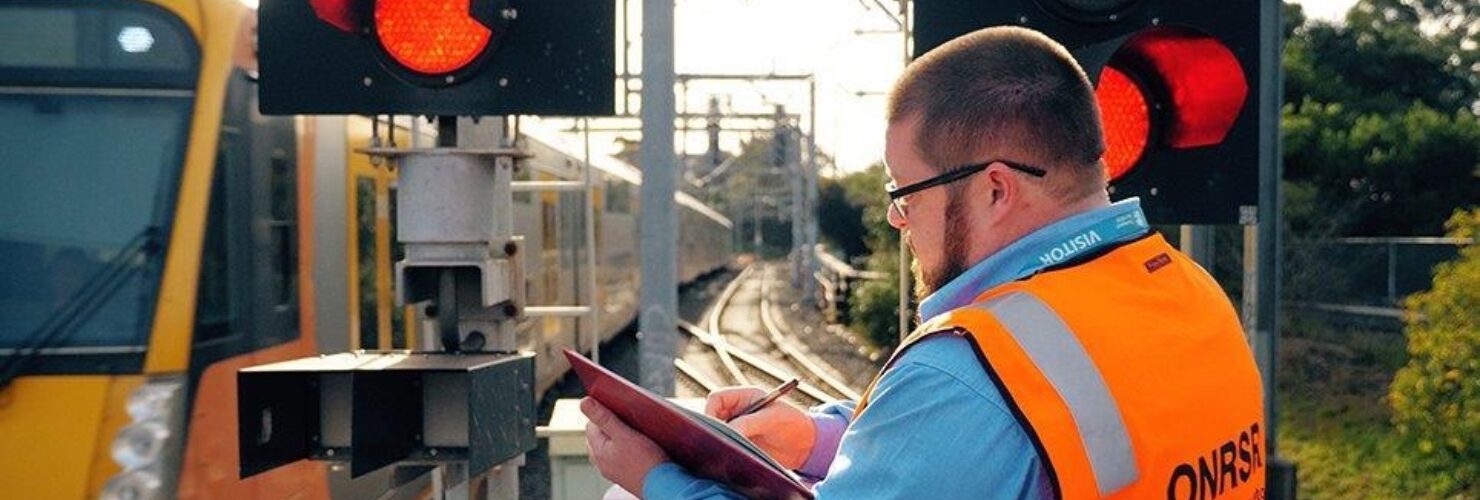Thursday, October 27, 2022
Safety Message: Risk assessments undertaken as administrative tasks
In conducting ONRSR’s regulatory activities, ONRSR has found that some operators are undertaking a risk assessment as an administrative task or hurdle rather than as a process to support or guide their decision-making.

This may be due to conflicting priorities or the need to achieve a predetermined goal or prerogative. But, if this approach is adopted, it may mean the operator does not perform the risk assessment in accordance with their process or procedure, or that certain steps are bypassed which could lead to inadequate risk management.
For example, if a risk assessment for a known safety issue is undertaken with the incorrect participants – instead of consulting subject matter experts and risk specialists - the risk assessment may overlook certain risks which may result in mitigating controls not being introduced and the overall risk not being managed.
Operators must consider a range of factors, including the likelihood of the hazard and the degree of harm to determine what controls are reasonably practicable to implement (see the ONRSR Guideline – Meaning of duty to ensure safety so far as is reasonably practicable SFAIRP for more information).
The following includes, but is not limited to, what good practice can look like:
> Procedures for risk assessments demonstrate good processes are in place when they:
- match requirements of section 100 of the RSNL.
- include robust review processes including clear processes to accept controls.
- show whether the risk assessment process and steps followed is part of the SMS.
- are easy to follow/use.
- incorporate risk assessment into overall/day-to-day systems.
> Compliance with the above procedures and processes is demonstrated in documentation.
> Attendance logs demonstrate the right people with sufficient competency are in attendance when discussing the risk, e.g. at a risk/hazard workshop.
> Risk registers include or cover the following:
- Controls match the risks.
- Considers all relevant and key risks, e.g. fire, mechanical, electrical (or have a uniform or consistent method or system to discuss them).
- Includes appropriate fields/boxes.
- Reasons for accepting or rejecting controls are given.
- References supporting documents.
- Fields are complete, e.g. controls are ‘final’ not ‘for consideration’ or empty.
- Demonstrates awareness of what is the state of knowledge that the operator 'ought to know' as per the meaning of SFAIRP, e.g. lists all suitable / available controls including research 'what is happening out there’.
> SFAIRP should be what is demonstrated as the final result or conclusion of the risk assessment e.g. reasonable outcome of the risk management process. This can include demonstrating that the cost of implementing a control is grossly disproportionate to the risk if rejecting a given control.
Please see ONRSR’s Safety Management System Guideline – Appendix 2 : Guidance on the use of standards which discusses the use of standards and provides general guidance and principles on deviating from standards.
By implementing the above, operators’ railway operations may benefit in the following ways:
- Allows risk assessments to adequately guide decision makers to consider the most suitable ways to manage risk.
- Provides evidence of decision-making should this be scrutinised in the future.
- Risks assessments can be time-consuming so ensures their use is maximised.
As a result of this safety message, operators may benefit from reviewing their SMS. The following list includes, but is not limited to, those systems and procedures likely to be most relevant for review:
- Risk assessments
- Risk registers
- Inspection records
- Systems and procedures for monitoring, risk assessment and short-term management.
This information is provided as guidance only and may not be applicable to all rail transport operators.